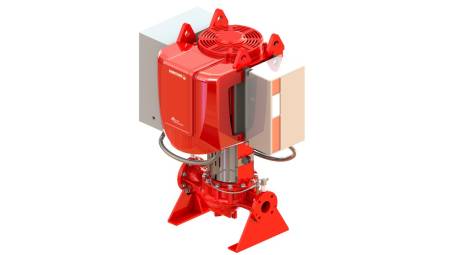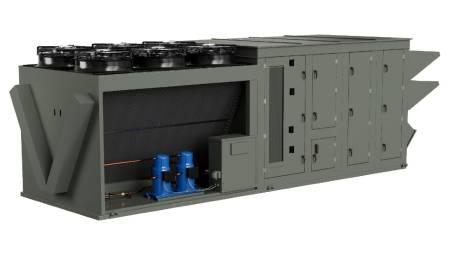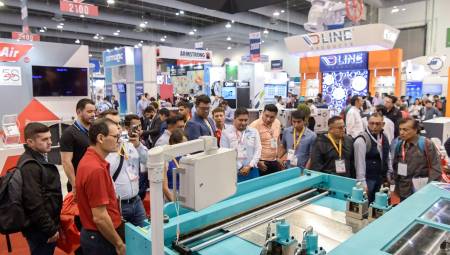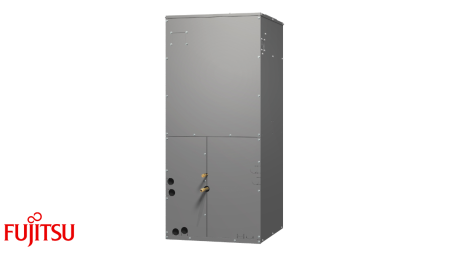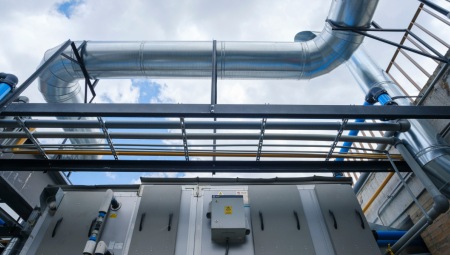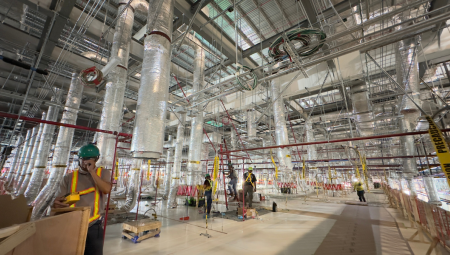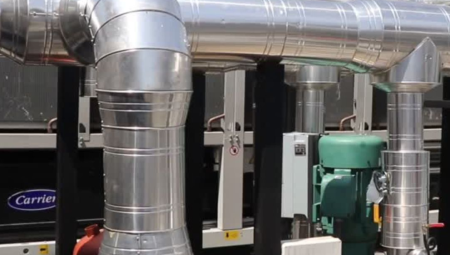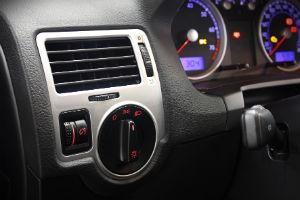 The automotive HVAC industry is not yet recovering from the last global economic crisis. Although the import dynamics of Latin American countries in 2011 are not bad, it must be recognized that it had a better past. by María Cecilia Hernández Ocampo
The automotive HVAC industry is not yet recovering from the last global economic crisis. Although the import dynamics of Latin American countries in 2011 are not bad, it must be recognized that it had a better past. by María Cecilia Hernández Ocampo
Despite the fact that both manufacturers and marketers of the air conditioning market argue that during 2011 sales have grown considerably, the data released by the market statistics portal Datamyne.com record fluctuating changes, especially in the specific segment of import of air conditioning for cars. In a consultation carried out by ACR LATINOAMÉRICA it is found that in general terms, Latin America marks for 2011 a downward trend in terms of import activity, in relation to the previous year. As of October of this year, the figures are much lower than those recorded during 2010. Colombia and Chile, countries that have stood out for their prominence in this industry, show a significant decrease in imports of air conditioning equipment for cars. According to Datamyne.com so far in 2011, Chile has imported a total of 10,180 units worth US$3,445,000; A figure that, even with about three months to go until the end of the year, is much lower than that reported in 2010 with 14,138 teams for almost US$6 million. This South American country is perhaps one of those that registers the lowest figures in the region in importing activity of this equipment. Colombia, on the other hand, has become a producer and manufacturer country, since on average 90% of the assembled equipment is locally manufactured. This is demonstrated by the figures of the last two years and this trend is rising. While in 2010 83.5% of the equipment sold was domestically manufactured, so far in 2011 this value has reached 90.1%. Other countries that have entered the Colombian market in this segment are South Korea, which between 2010 and 2011 exported to Colombia a total of 16,148 equipment, with a share in this market of 11.2%. And, to a lesser extent, Mexico, which exported 1,335 pieces of equipment to this same country, for a share of about 1% in the Colombian market for air conditioning for cars. Argentina recovers
The case of Argentina is different, as it has shown a slight increase in its imports of equipment from the automotive air conditioning segment. While in 2010 the country imported 19,359 units worth US$6,124,645, with little left to finish this year records say that in 2011 33,766 equipment have been imported at a cost of US$7,559,556, and expectations for the end of the year remain positive, the trend is towards growth. Spain is shown as the strategic ally of Argentina with 57.88% of the market between 2010 and 2011. However, that indicator has dropped significantly this year. In the first half of 2010, the Iberian country exported 3,296 units to Argentina, that is, 63.83% of the imports made by the South American nation in this area came from Spain. While in the same period this year, the Spanish participation has been only 39.18%. Mexico worries
Very different is the fate of the Mexican market, where there is a worrying situation in this segment.
During the first half of 2010, the Aztec country invested a total of US$33,071,082 in the import of 722,936 units of air conditioning for cars, a figure radically higher than that registered in the first six months of this year when 392,282 pieces of equipment were imported for a total of US$27,703,380. On average, 70% of the equipment imported by Mexico comes from the United States, an issue that could explain the decline that has occurred in Mexico's import activity, if one takes into account the situation of economic instability that besets the great European and North American powers. Although the segment does not present discouraging figures, they do show a clear economic decline, going against the general market of residential, business and industrial air conditioners, where the recovery has been evident and it is expected that by 2017 144 million units will be sold, according to a study led by the Global Industry Analysts (GIA).
Automotive AC inside
Leaving aside the numbers, ACR LATINOAMÉRICA wanted to consult with experts about the main problems and errors that arise in the technical context in the installation, assembly and maintenance of air conditioning systems for vehicles. As explained by Carlos Gómez, from the company specialized in maintenance and repair of air conditioning for cars, Car Aires 75, "the air conditioning equipment is responsible for removing the heat from the cabin of the car, thereby lowering the temperature inside it and expelling that heat to the outside. This with the aim of maintaining standards of comfort and air conditioning for the occupants". Gómez assures that as long as the equipment is of good quality and is complete, it is normal that there are no problems in the assembly process, where it is common for there to be inconveniences is in the use. Damages such as leaks and discharges in the system and poor cooling due to contamination of the indoor and outdoor environment, are the most frequent. One more problem is that of the bad odors produced by the air conditioning equipment. In case the system suffers a gas discharge, the procedure followed in the workshops, as described by Carlos Gómez, is as follows. Initially the system is pressurized by injecting pressure with nitrogen, this ensures that no moisture enters the system. A support is made with the pressure gauges to verify that the initial pressure is maintained, if it begins to descend it can be concluded that the equipment has a leak. After correcting the leaks, a vacuum process is carried out that means removing the moisture that the system may have. Subsequently, a few ounces of oil are added as a preventive measure. After this process, the refrigerant gas is charged. Finally, it is checked that the system is operating correctly both the fans and the compressor and that electrically it is working well. A snowball
But why can a leak occur in the equipment?, according to Alina Jaramillo, administrative manager of Auto Aires, a refrigerant leak can occur due to corrosion or damaged welding. Generally, leaks have to do with a very important element of the system: the evaporator. Sometimes garbage accumulates there and this, in addition to corrosion, generates bad odors, can plug the cooling fins of the evaporator and cause damage that can only be solved with the replacement of this element. "Sometimes to replace the evaporator you have to remove the dashboard or instrument panel and the work can be very expensive," says Jaramillo. It is vital to do permanent preventive maintenance of the air conditioning equipment, because a single error can be fatal for the rest of the system. For example, when there is a refrigerant leak then the oil is also leaking, which can cause the compressor to tie up or destroy internally causing small metal particles to circulate throughout the system and generating more serious damage. "Many times users go crazy with refrigerant leaks, and they keep charging their system, sending more pollutants into the environment. This, in addition to the fact that it is not legal in many countries, since there are already gas recovery equipment, will cause greater damage. The total replacement of an air conditioning system can range from $200 when it comes to locally manufactured equipment to $600 when it's an original or branded system," explains Carlos Gomez. Both experts agree that it is vital to generate environmental and economic awareness, that is, to take care of your equipment both for the care of the environment and the pocket.



